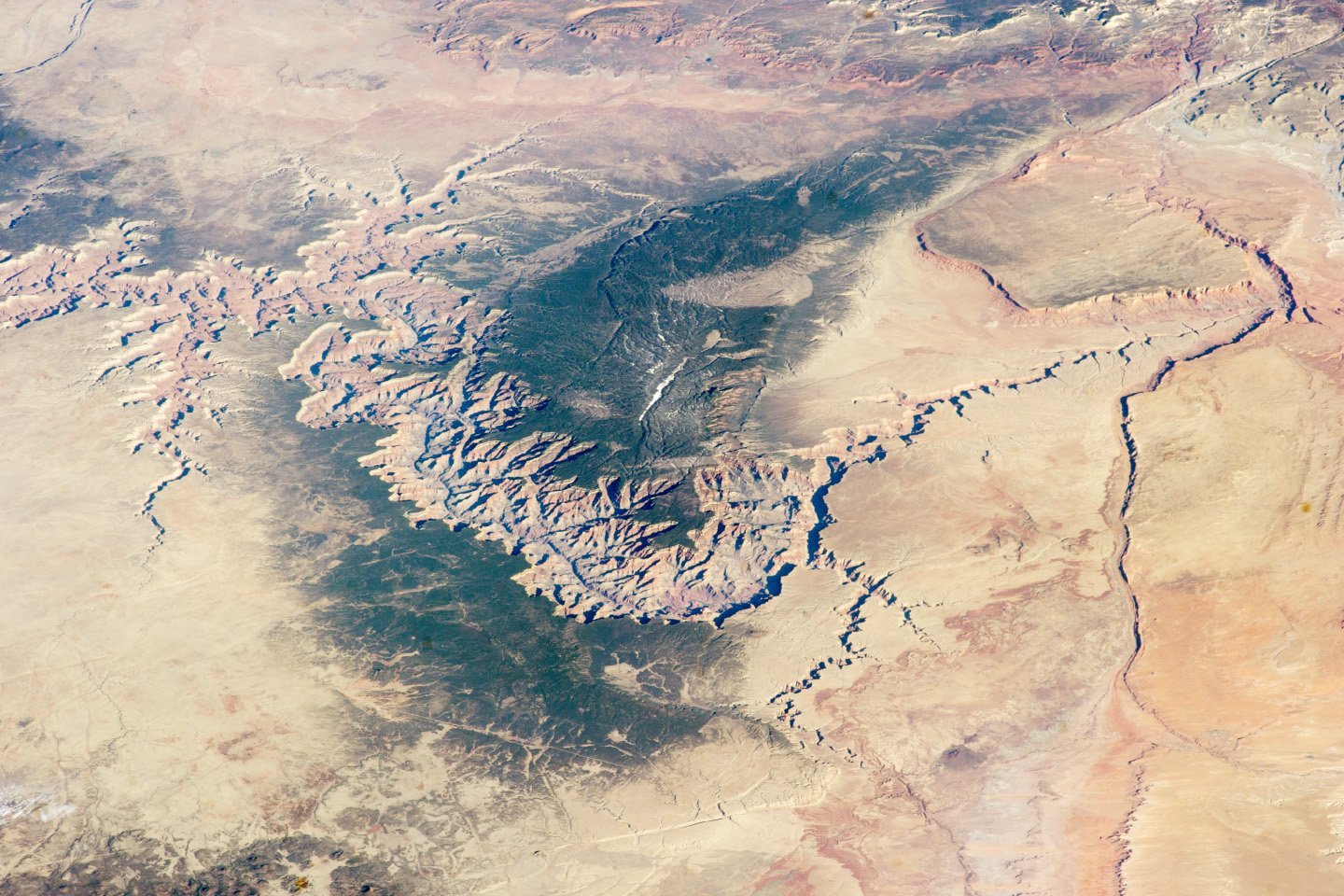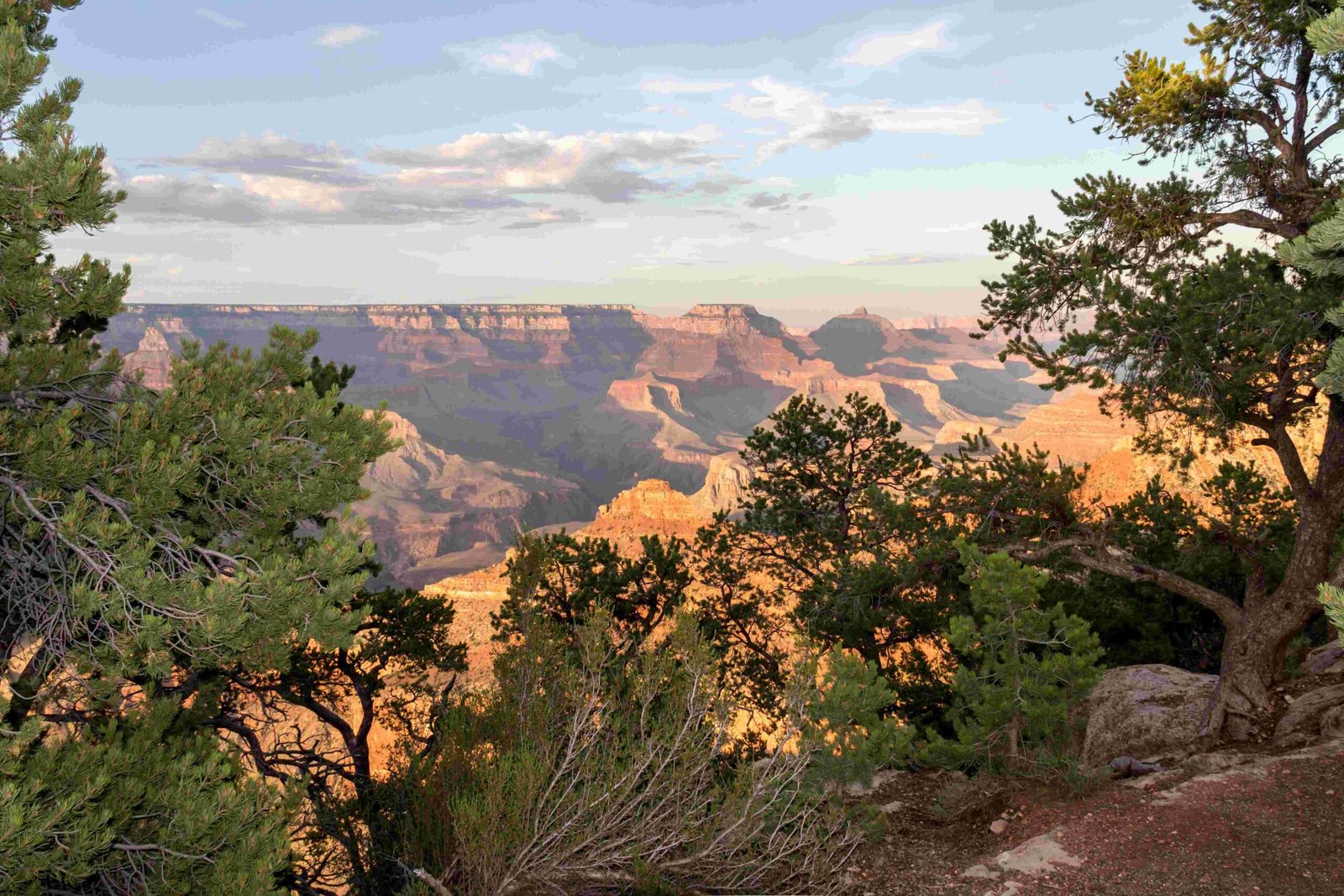The Esplanade Trail in Grand Canyon represents an extraordinary wilderness experience, challenging hikers with its dramatic 5,000-foot elevation changes, rugged limestone paths, and breathtaking desert landscapes. Traversing through remote backcountry regions, this trail offers adventurers an unparalleled opportunity to explore the Grand Canyon’s most pristine and least-traveled terrains, requiring advanced hiking skills, meticulous preparation, and an adventurous spirit.
What Makes the Esplanade Trail Unique?

The Esplanade Trail is not your typical hiking route. It’s a demanding backcountry journey that tests even experienced hikers’ physical and mental endurance. Here are key characteristics that set this trail apart:
Terrain Complexity
- Steep Scree Slopes: Hikers navigate narrow limestone paths
- Elevation Drops: Approximately 5,000 feet from rim to Esplanade level
- Technical Sections: Require advanced navigation skills
Environmental Challenges
| Temperature Range | Difficulty Level | Water Availability |
|---|---|---|
| 90°F+ | Extremely Strenuous | Limited/Unreliable |
| High Sun Exposure | Advanced Skill Required | Carry Sufficient Water |
How Difficult is the Esplanade Trail?

The trail presents multiple challenging aspects that demand comprehensive preparation:
- Physical Requirements
- Excellent cardiovascular fitness
- Strong leg muscles
- High heat tolerance
-
Technical hiking experience
-
Navigation Skills
- Precise route finding
- Topographical map reading
- GPS navigation
- Understanding desert survival techniques
What Equipment Should Hikers Carry?
Essential gear for the Esplanade Trail includes:
- Lightweight, sturdy hiking boots
- Hiking poles for stability
- Minimum 4-5 liters of water
- High-SPF sunscreen
- Wide-brimmed hat
- Emergency communication device
- Topographical maps
- First-aid kit
Where Are the Best Viewpoints?
The Esplanade Trail offers spectacular viewpoints:
- Bridger’s Knoll: Panoramic canyon vistas
- Monument Point: Expansive landscape perspectives
- Red Sandstone Platforms: Unique geological formations
What Photography Opportunities Exist?
Photographers will appreciate:
– Golden hour lighting (early morning/late afternoon)
– Dramatic rock formations
– Expansive canyon landscapes
– Unique desert flora
Safety Recommendations
- Start hiking early morning
- Monitor weather conditions
- Carry emergency communication
- Inform someone about your route
- Carry sufficient water and electrolytes
Recommended Hiking Season
| Month | Conditions | Recommendation |
|---|---|---|
| October-April | Mild Temperatures | Optimal Hiking |
| May-September | Extreme Heat | Not Recommended |
Final Preparation Tips
- Train specifically for high-elevation, technical hiking
- Practice desert survival skills
- Invest in high-quality, lightweight gear
- Consider guided expedition for first attempt
Pro Tip: The Esplanade Trail is not recommended for novice hikers. Extensive preparation and previous backcountry experience are crucial for a safe journey.
References:
– Tuckin’ Up the Tuckup: Welcome to the Magic Trail
– Day 1: Trailhead to The Esplanade
– Grand Canyon Esplanade via the Bill Hall Trailhead

